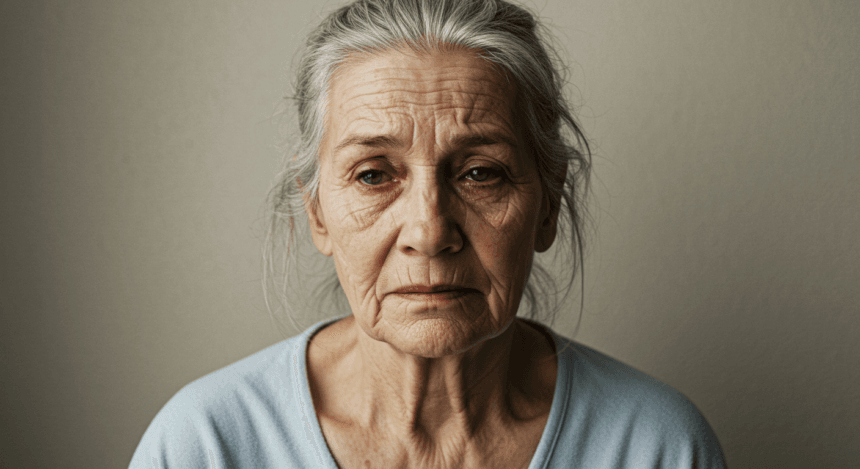Aging is a harsh reality we all have to face. There are 55.8 million Americans over the age of 65 in the United States. That figure has grown over 38% in just ten years.
Sadly, aging can be a frustrating process. One of the biggest issues is that it causes a lot of health problems. The National Council on Aging reports that 90% of seniors over 60 have at least one chronic health problem. The NCOA also states that 80% of seniors have at least two.
As our loved ones age, life’s little routines can sometimes feel like a window into their well-being. Maybe your dad, once meticulous about shaving, now sports a scruffy beard. Or your mom, who used to whip up elaborate meals, suddenly sticks to frozen dinners. These small shifts might seem insignificant at first, but they can hint at bigger changes brewing beneath the surface. Knowing when to lean in and offer support—without stepping on toes—is a delicate dance.
We need to pay close attention to the health problems they are facing. Their health can deteriorate very quickly and we need to do our part to help them survive.
Let’s dig into how to notice what really matters and what might just be part of getting older. You should also consider looking at some of our other articles on the topic.
The Little Things Are Big Clues
It starts subtly. Your loved one’s once-tidy home now feels a little chaotic, or laundry piles up more than usual. These aren’t just quirks—they’re early signs that Activities of Daily Living (ADLs) and Instrumental Activities of Daily Living (IADLs) might be slipping.
ADLs are the basics: bathing, dressing, eating, and moving around the house. IADLs go a step further, covering tasks like managing money, driving, cooking, and keeping up with appointments. The key here is that these routines help maintain independence.
Sometimes, what looks like laziness might be linked to something deeper, like arthritis making buttoning a shirt tricky or memory lapses causing confusion about medication schedules. Paying attention to these little changes is the first step to figuring out how to help without overstepping boundaries. And don’t overlook how a healthy lifestyle for seniors can play a role in keeping these routines intact longer—it’s all connected.
Understanding the Difference That Changes Everything
You’ve probably heard the terms ADLs and IADLs tossed around, but what do they really mean for your loved one? The difference between ADLs and IADLs is all about scope. ADLs cover survival basics—getting dressed, brushing teeth, or eating a sandwich. IADLs, on the other hand, go deeper, touching on life management skills like grocery shopping or balancing a checkbook.
If IADLs start slipping, it’s often a sign of cognitive decline, fatigue, or a physical issue that’s going unchecked. For instance, forgetting to pay bills might seem minor, but it could signal memory problems worth addressing sooner rather than later. This distinction helps you decide whether a gentle reminder is enough—or whether it’s time to loop in a professional to dig deeper.
By understanding these differences, you can gauge whether your loved one is just having an off week or if there’s something bigger brewing. And when you notice changes in both ADLs and IADLs? That’s your cue to explore options for extra support.
When Pride and Independence Collide
Aging often comes with a stubborn streak—especially when independence feels threatened. Your loved one might brush off a near fall in the shower or laugh about forgetting where they parked the car. These moments can be brushed aside as “no big deal,” but they’re often the tip of the iceberg.
The challenge here is that help, even when well-intentioned, can feel like criticism. How you bring it up matters. Frame it as teamwork instead of taking over. “Let’s figure out a way to make cooking easier,” lands much better than “You can’t cook anymore.” It’s about respect and collaboration, not control.
When Isolation Becomes a Warning Sign
We all know social connections keep us grounded, but for seniors, isolation can hit differently. Missing a weekly card game or skipping church could be more than just “not feeling like it.” These absences might hint at difficulty driving, mobility issues, or even depression creeping in.
Social IADLs—things like meeting friends, staying in touch with family, or even just chatting with neighbors—are just as vital as physical ones. A drop in engagement isn’t just sad; it’s a flag that something might be making life harder to manage.
Tackling the “It’s Fine, I’m Fine” Syndrome
If you ask how they’re doing, you’ll probably hear, “I’m fine.” But fine can be a cover for frustration, fear, or exhaustion. Aging loved ones may downplay their struggles because they don’t want to be a burden or lose independence.
What’s key here is to go beyond the words. Instead of asking, “Are you okay?” try, “I noticed you haven’t been gardening lately—what’s up with that?” This opens the door to a real conversation without putting them on the defensive.
So, What Now?
When you notice signs that something’s off, the next steps depend on the situation. Maybe it’s as simple as a meal delivery service to make cooking easier or setting up reminders for medication. Or perhaps it’s time for a family conversation about getting extra help, like a part-time caregiver or assisted living options.
The important thing is to approach it as a partnership. Your loved one’s life is still theirs—you’re just there to make it smoother where they need it most.
Building a New Normal
Recognizing changes in ADLs and IADLs isn’t about taking over; it’s about tuning in. By staying aware of the small shifts and understanding what they mean, you can offer support in a way that respects their independence and dignity. Aging isn’t one-size-fits-all, and neither is the care that comes with it. It’s about finding the right balance, together.










